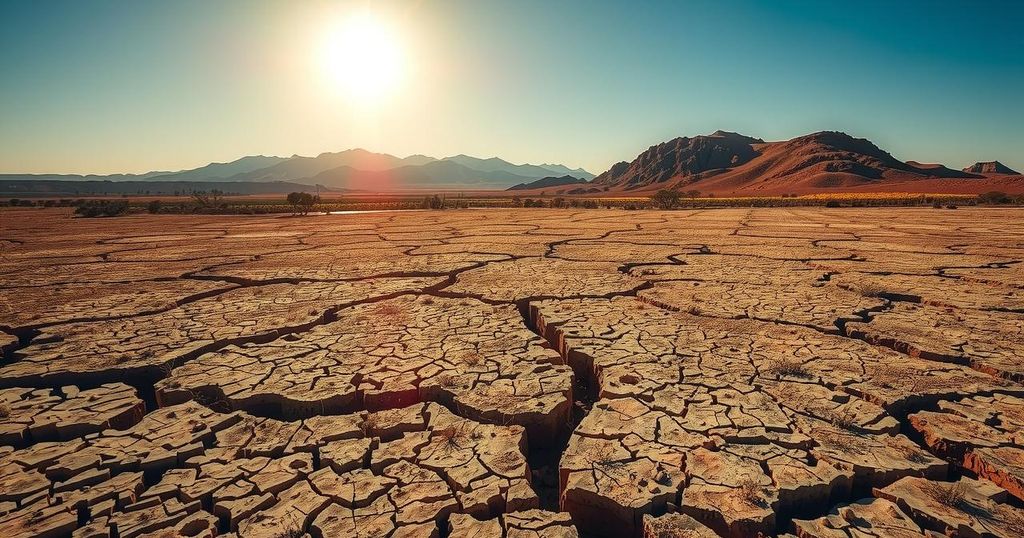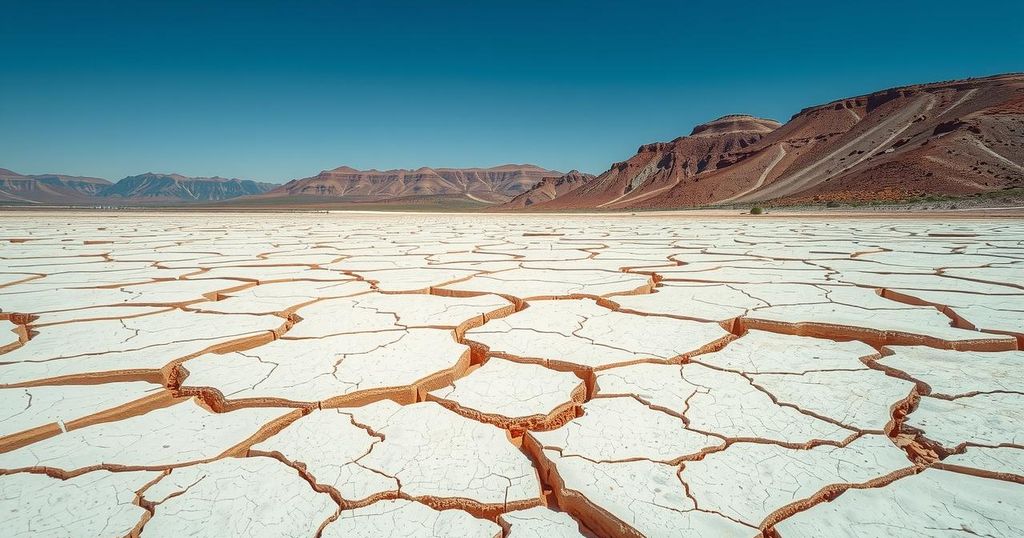Climate Change: A Major Disruptor of Earth’s Water Cycle
Climate change is significantly impacting the Earth’s water cycle, causing increased frequency of flash floods and droughts. Warmer air holds more moisture, resulting in heavier rainfall but also leading to severe dry conditions in other regions. Deforestation, urbanization, and natural climate patterns further influence these changes, emphasizing the urgent need for climate monitoring and management.
Climate change has emerged as a significant driver of disruptions in the Earth’s water cycle, contributing to increasingly severe weather events globally. Recent instances of flash flooding in regions from Argentina to Saudi Arabia have highlighted the devastating impacts, including loss of life, displacement, and infrastructure destruction. Experts suggest that while multiple factors contribute to these phenomena, climate change plays a pivotal role.
Hylke Beck, an assistant professor at King Abdullah University of Science and Technology, emphasizes that temperature is a key environmental factor affecting the water cycle. Water continuously moves between the ocean, land, and atmosphere, driven by the processes of evaporation, condensation, and precipitation. This ongoing cycle is crucial for sustaining ecosystems and human life.
Warmer air can retain more moisture; for every degree Celsius increase, the atmosphere can hold about seven percent more water. As a result, when conditions permit, storms gain access to greater moisture supplies, leading to heavier rainfall. In Saudi Arabia, data indicates that climate warming reached 2.1 degrees Celsius from 1979 to 2019—nearly three times the global average.
Conversely, this shift in the water cycle has also led to increased drought prevalence, as higher temperatures accelerate evaporation, drawing moisture from the soil more rapidly. These conditions dry out landscapes, worsening drought situations in the absence of adequate rainfall, and contribute to declining agricultural productivity and potential desertification.
Moreover, in Saudi Arabia, increased wind patterns and reduced soil moisture have resulted in more frequent sandstorms, negatively impacting agriculture and air quality. Air pollution has further ramifications, altering cloud formation and rainfall patterns. Beck remarks that while some regions may experience increased evaporation resulting in rainfall, this is not necessarily beneficial as it may not occur where it is needed most.
The alteration in moisture distribution caused by warming intensifies extreme weather events, leading to both severe rainfall and exacerbated dry spells. Changes in land use, such as deforestation and urban expansion, coupled with natural climatic phenomena like El Niño and La Niña, further complicate water cycle dynamics. These large-scale patterns dictate rainfall distribution and duration, contributing to extremes in weather.
Ultimately, climate change disrupts the equilibrium of the water cycle, leading to unpredictable weather patterns characterized by increased extremes—wetter wet seasons and drier dry spells. Beck also points out that organizations such as World Weather Attribution are critical in monitoring how climate change impacts extreme weather and human interventions that influence the water cycle.
In conclusion, climate change significantly disrupts the Earth’s water cycle, resulting in severe weather extremes such as flash floods and droughts. Increasing global temperatures contribute to greater moisture retention in the atmosphere, leading to intensified rainfall in certain areas while exacerbating dry conditions in others. The interplay between human-induced changes and natural climate phenomena further complicates this issue, highlighting the need for comprehensive climate monitoring and management efforts.
Original Source: www.arabnews.com




Post Comment